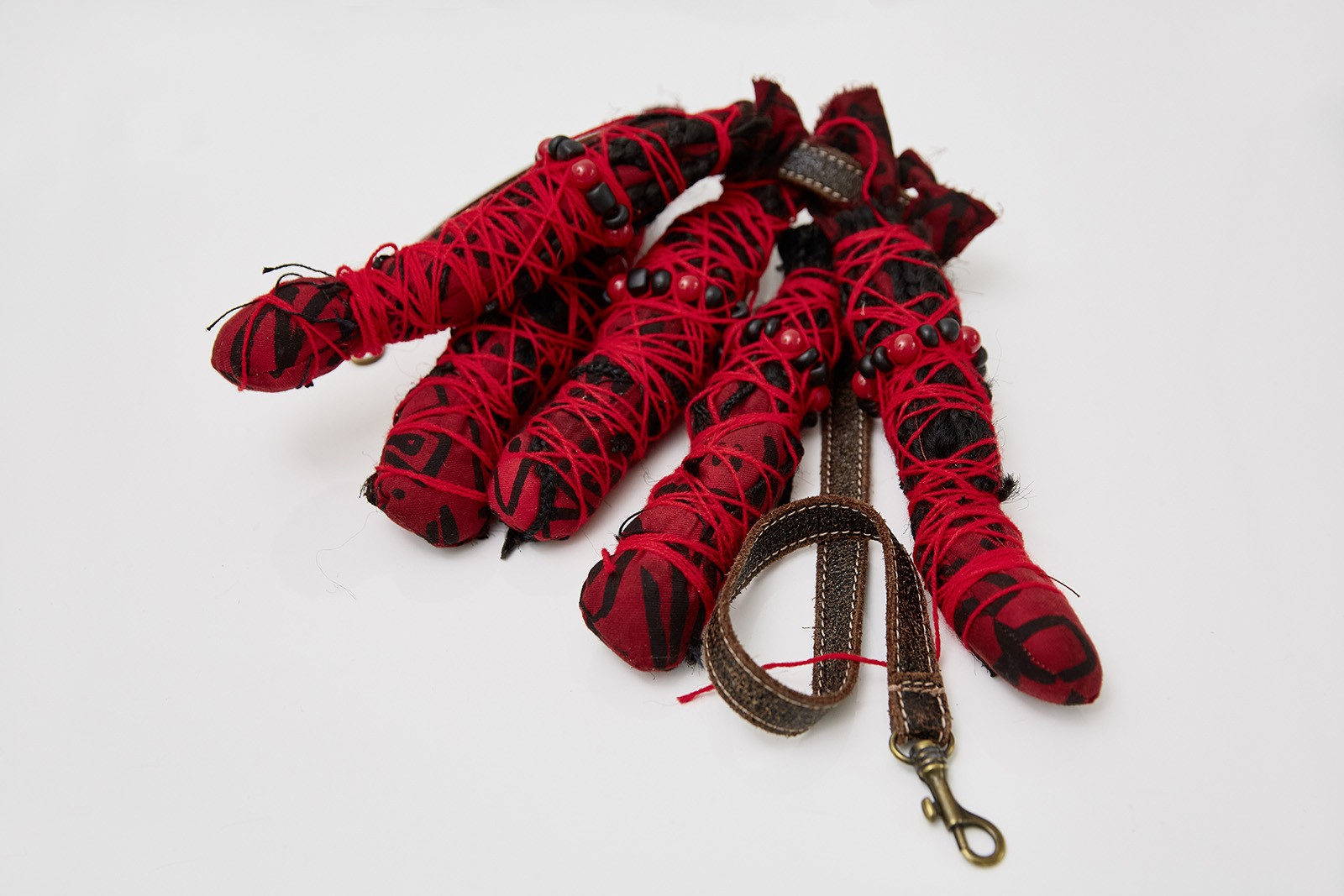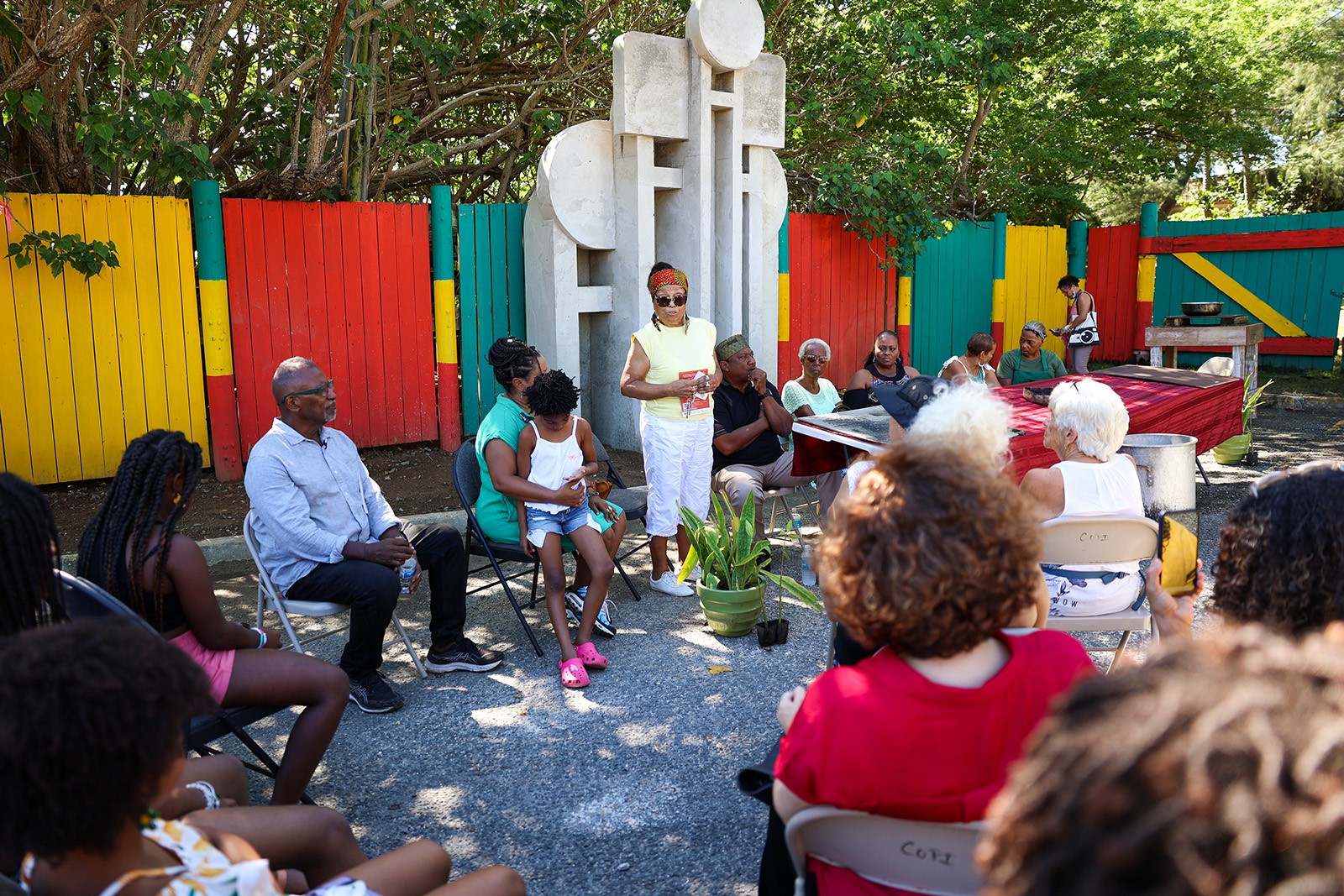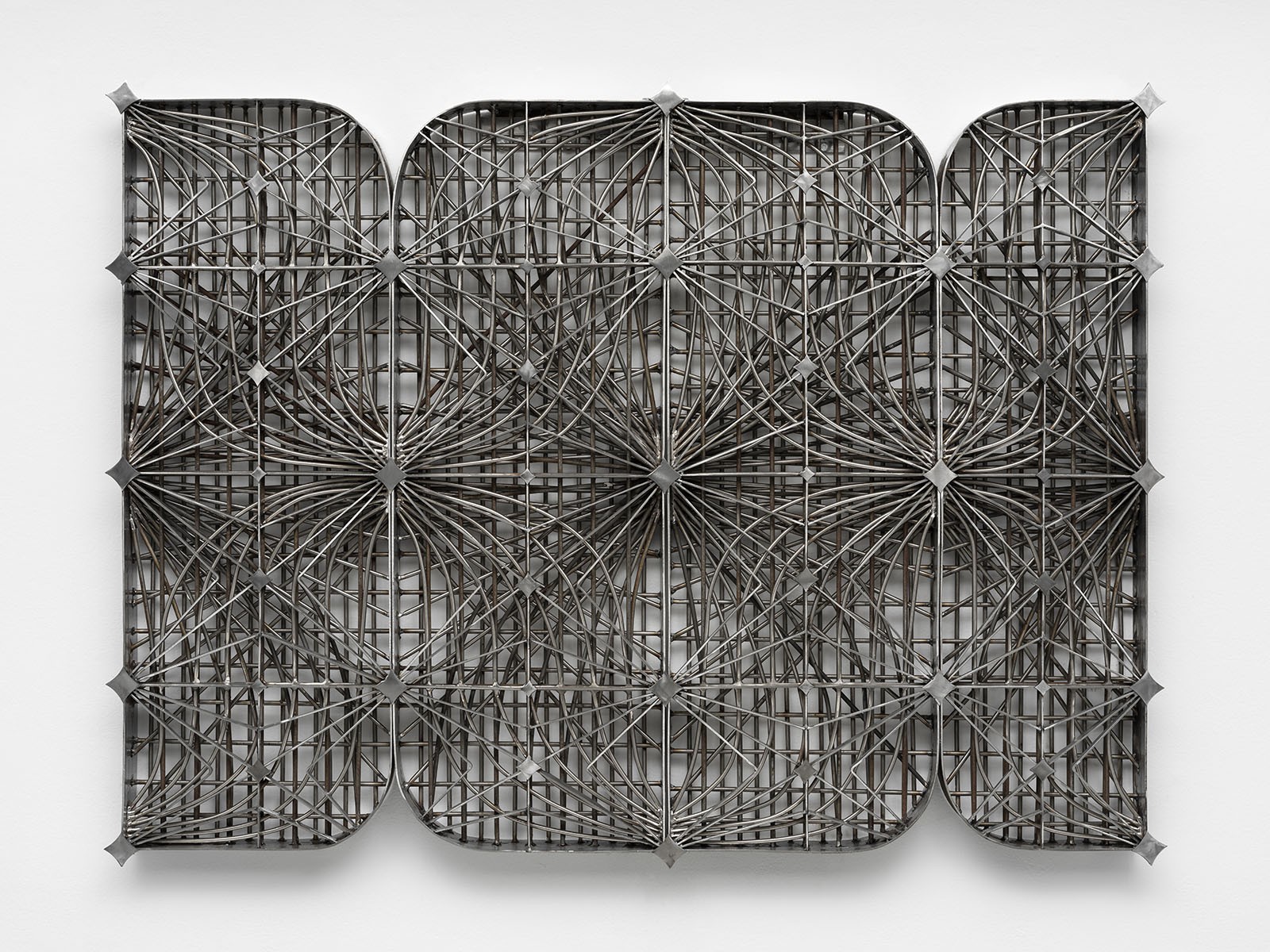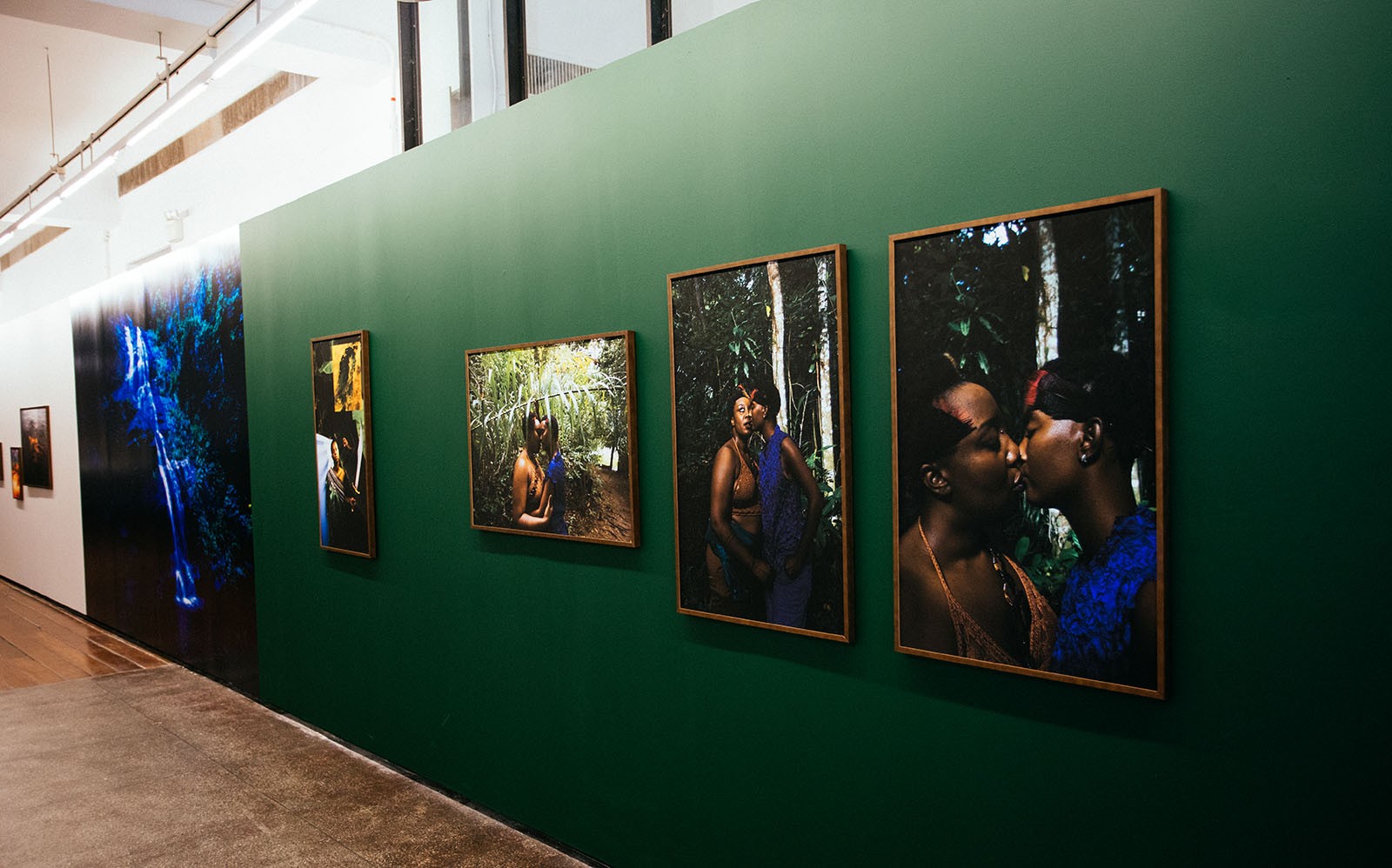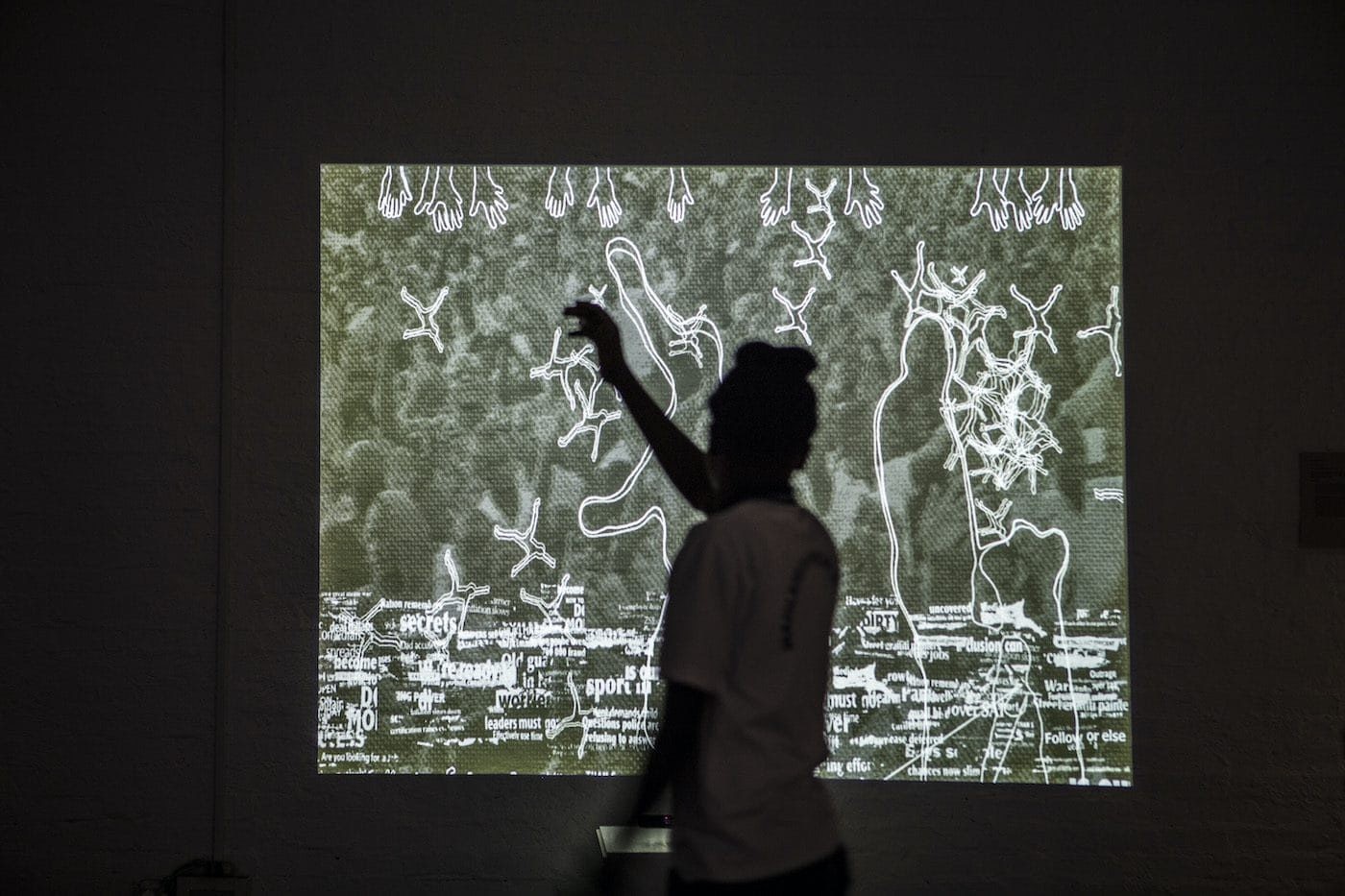In conversation on the southern tip of the African continent
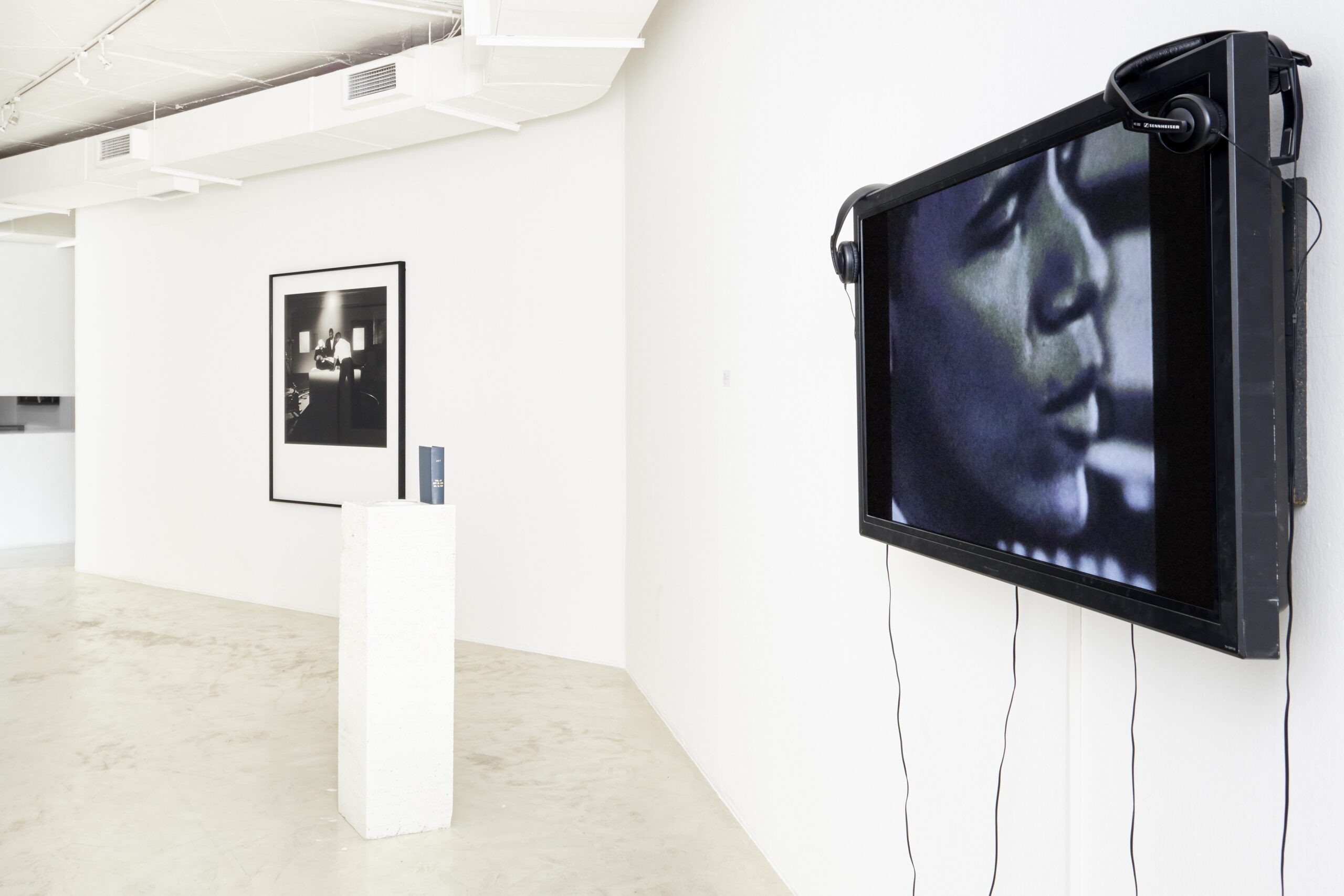
08 December 2016
Magazine C& Magazine
7 min read
C&: The Goodman Gallery is celebrating its 50th anniversary. How would you define the legacy of the gallery from the time of the apartheid regime to the post-apartheid transition up to today? Liza Essers: During the apartheid years, the gallery was a non-discriminatory, creative space, which demonstrated the powerful role that art can play …
C&: TheGoodman Gallery is celebrating its 50th anniversary. How would you define the legacy of the gallery from the time of the apartheid regime to the post-apartheid transition up to today?
Liza Essers: During the apartheid years, the gallery was a non-discriminatory, creative space, which demonstrated the powerful role that art can play to override the rules of a repressive regime and provide a platform for an exchange of ideas and possibilities. Over the years, the gallery has evolved from a pioneering commercial and public space into an international gallery and independent project space where an interconnected local and global conversation is fostered. Since I took over the gallery in 2008, my ambition has been to embrace the shared histories and narratives of South Africa with other parts of the continent and indeed the world. In Context forms one of these ongoing initiatives. South-South is another, whereby the notion of a "global South" is explored. This upcoming show (opening 28 January at Goodman Gallery Cape Town) exhibits artists from South Africa, Angola, Cuba, and Brazil to engage the richly enmeshed transitional narratives of these countries.
C&: In Context is a series that you launched in 2010. What are the vision and the interventions of this ongoing project?
LE: Since its inception in 2010, the objective of In Context has been to harness a visual dialogue on the charged dynamics of "home" and "place" between South African and international artists – particularly those who have lived or spent time on the continent. The notion that during the 2010 FIFA World Cup South Africa would be "home" to the world, triggered in me a deeper consideration of the notion of "home" and a desire to initiate an ongoing project dedicated to unpacking this loaded, but all too often glossed-over, term.
This year, the starting point for the In Context exhibition titled Africans in America, is a work called A Place to Call Home (Africa-America) by co-curator Hank Willis Thomas. This piece sets up the core tension of the In Context 2016 initiative: to inspire robust discussion on the unique intersection of geographical, historical, political, economic and cultural associations that are invoked by the term "African American". In order to facilitate broad social engagement across the city of Johannesburg, we have sought to activate public spaces in the city by making Africans in America a free, dual-location exhibition, featuring simultaneously at the Goodman Gallery and at the Johannesburg Art Gallery.
The In Context series is also dedicated to forging social interventions beyond gallery walls. This year, we were instrumental in bringing the Black Portraitures[s] III conference to South Africa, because we saw the potential in an event of this stature to further a conversation around representation of Black bodies which would chime with the aims of the exhibition. I feel very honored to have played a part in bringing this unique conference to the continent for the first time. In Context effectively steps into the void left by the demise of the short-lived Johannesburg Biennale, emboldening my vision to contribute to an important ongoing local and international dialogue on the intersection of race, place, and identity.
C&: You mentioned co-curating the showAfricans in America with Hank Willis Thomas. Would you tell us a bit more about it?
LE: Since In Context 2010, when Hank’s A Place to Call Home (Africa-America) and Kara Walker’s video piece, 8 Possible Beginnings: Or the Creation of African-America were exhibited, Hank and myself have had an ongoing dialogue on ideas of “home” and “place”, which triggered the idea for a specific exhibition focusing on Africans in America. The exhibition hopes to bolster an important contemporary conversation centered around the African/American positionality in the 21st century and, in turn, to contribute to an emerging local debate on race, place, and identity embodied by South Africa's Fees Must Fall student movement. Africans in America includes a range of artists from around the globe, all of whom are uniquely qualified to be described as "African/American", not because of nationality or ethnicity but because of a unique relationship forged with the continent and a country. Together they challenge what is in many ways an illusionary "location-specific" term and treat it more as a sensibility than a place. Through this exhibition, the Goodman Gallery hopes to play a small part in propelling an ongoing worldwide debate on race and representation by platforming contemporary global talents, from Wangechi Mutu to Ghada Amer and Alfredo Jaar, and placing these cutting-edge artists in conversation on the southern tip of the African continent.
C&: The image used for presenting the exhibition Africans in America is a juxtaposition of North America and Africa. This is very interesting since maps and cartographies have a strong symbolic meaning. What is your perspective on the symbolism in this image?
LE: Coming from his own perspective as a Black American artist, Hank Willis Thomas is concerned with the reciprocal relationship between the USA and Africa – and the proximity these two very different regions have in the lives, thoughts, and histories of Black people born on the continent and in the States. To me, the work also prompts a questioning of just how useful and accurate modern mapmaking is. Considering that Africa’s landmass is much larger than its depiction relative to other continents on most world maps, in addition to the fact that continents have drifted over thousands of years, the world is in fact more fluid and unfixed than these maps have us believe. A Place to Call Home (Africa-America) is an arresting image that simultaneously looks "right" and "wrong" – which is where it derives its unsettling power.
C&: You said in your opening speech that “the Goodman Gallery is a place for everyone”. How do you imagine that?
LE: The gallery is sometimes perceived as an exclusive space for a “white elite". I am trying to move beyond this through initiatives like In Context and South South. Projects like these, which reach beyond the gallery walls, are committed to breaking down these barriers. There was some criticism before In Context opened about African American art coming here and speaking on behalf of South Africans. I found this criticism more divisive than constructive. The gallery is located in South Africa, which exists in relation to other parts of the world. It must function as a space where an eclectic array of ideas, originating both locally and internationally, can be shared.
C&: What is your vision for collaborating with artists?
LE: We collaborate with artists in any way that we can to support their projects and whatever their narrative is – funding studios and production, facilitating new projects and spaces, publishing books, helping them study or highlighting their work for curators across the world. It’s a multifaceted, long-term partnership that takes different shapes throughout an artist’s career, depending on what they are trying to do in any particular moment. Much of this relationship is looking beyond the commercial, listening to artist's ideas and, rather than trying to sway them into a direction that would be more lucrative, trying to offer support that takes their practice further. This means that we often collaborate with artists on projects outside the gallery walls or in public spaces, from exhibiting David Goldblatt's Fietas series in the old forced-removal site, to street performances and collaborations featuring artists such as Joël Andrianomearisoa and Kudzanai Chiurai, as well as the performance collective The Brother Moves On.
.
.
Interview by Aïcha Diallo
Read more from

